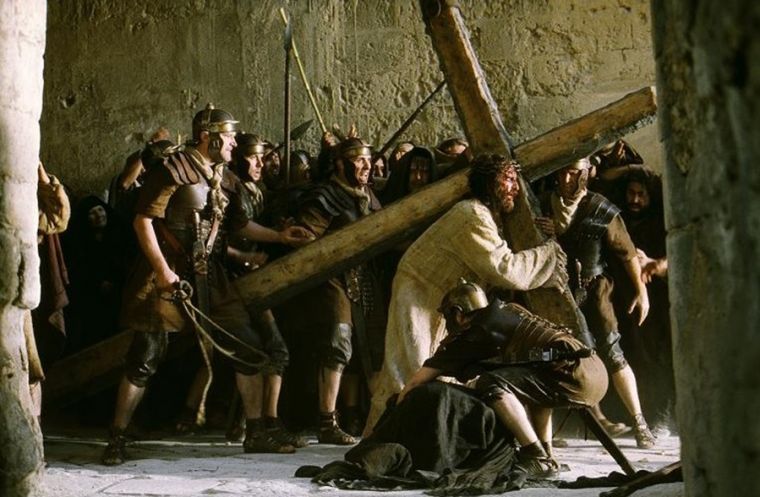J. Lee Grady: Christians should not settle for a 'sanitised' version of the Passion of Christ

To be able to fully grasp and absorb the great sacrifice that Jesus Christ did to save mankind from sin, Christians have been advised to ponder on the most excruciating pain that Christ endured the day he was nailed to the cross over 2,000 years ago.
In an article, J. Lee Grady, Christian author and former Charisma editor, says Christians should not settle for a "sanitised" version of the Passion of Christ and instead brace themselves to watch its bloody R-rated version, as exemplified in the 2004 Mel Gibson epic "The Passion of the Christ."
By recalling all the brutality Jesus suffered in the hands of Roman soldiers, Christians could best understand the foundation of their faith.
Grady says some Christians may object to the graphic depiction of Jesus' torture and death in Gibson's movie. But that was exactly what Jesus suffered on Good Friday, an event that "was spattered with blood and horrifying to watch."
Grady notes that Jesus' brutalised body was not autopsied after He was taken down from the cross. However, doctors who have studied the Bible's description of His death say the pain would have been beyond excruciating. "In fact, the word excruciating means 'out of the cross.' Jesus literally defined the worst pain anyone could feel," Grady writes.
Jesus' suffering began in Gethsemane, when God told Him the great sacrifice He had to do to save the world from sin. Hebrews 5:7 says Jesus offered up prayers "with loud crying and tears" upon knowing His fate. The agony was so strong that Jesus' sweat "became like drops of blood, falling down upon the ground" (Luke 22:44). "The intense stress caused what physicians call hematidrosis, a condition in which blood seeps out of sweat glands," Grady says.
Following his arrest, Roman soldiers flogged Jesus so mercilessly that his skin was stripped off His back, exposing muscle and bone. "The soldiers who tortured Jesus would have used a weapon called a flagellum—a whip that had several leather strands with lead balls or shards of bone attached to the ends," Grady says.
Jesus must have spilled a lot of blood after His scourging that's why He did not have enough strength left to carry His cross all the way to Calvary.
Matthew 27:28-29 says the Roman soldiers stripped Jesus naked and then twisted together a handmade crown made of thorns to mock His kingship. "Bible scholars believe these thorns were extremely long and hard. When the thorns pierced the top and side of His head, Jesus would have most likely experienced what doctors call 'trigeminal neuralgia'—piercing pain all over the head and face," Grady says.
The soldiers then led Jesus to Golgotha where they hammered seven-inch metal spikes into his wrists. This most likely hit the median nerve, causing more blinding pain, according to Grady. The merciless soldiers then hammered another spike into His feet.
"At that point, doctors say, Jesus would have suffered dislocation of His shoulders, cramps and spasms, dehydration from severe blood loss, fluid in His lungs and eventual lung collapse and heart failure," Grady says.
To dull the pain, the executioners asked Jesus to drink wine mixed with gall, a pain-killing solution (Matt. 27:34). But Jesus refused, choosing to endure the pain in all its intensity.
"He felt that pain for us," Grady points out.
As Jesus took His last breath on the cross, He said: "It is finished."
"Jesus willingly poured out His blood on that cruel cross. It was an ugly, revolting, disgusting scene. We don't have to downplay the violence or muffle the gut-wrenching cries. The Bible does not soften the impact or censor the cruelty of Jesus's suffering," Grady says.
Grady shares Isaiah 53: "But He was pierced through for our transgressions, He was crushed for our iniquities."
Christians should always bear in mind that Jesus "took all that pain to fully pay the price so that we could be forgiven," Grady says.











